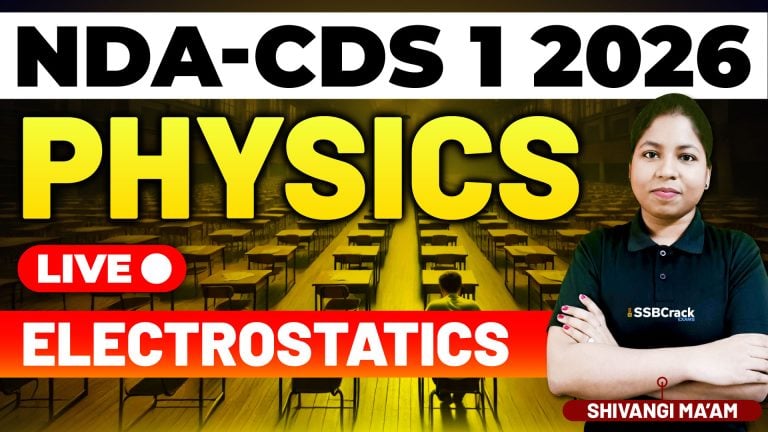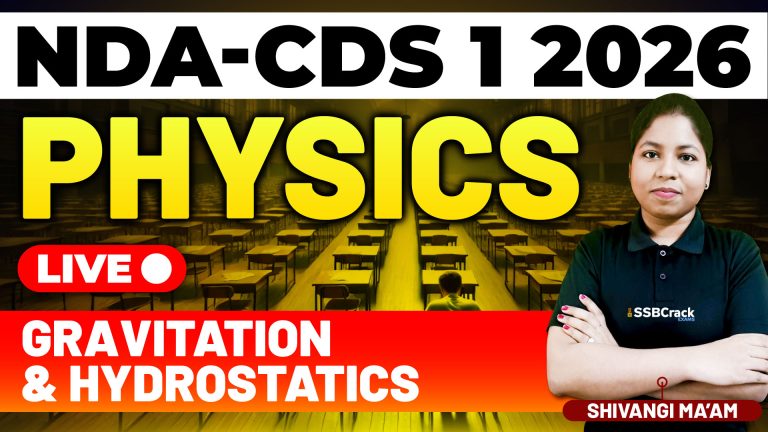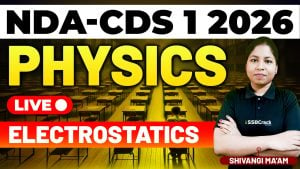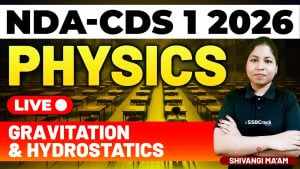In the realm of chemistry, perhaps nothing is as fundamental and intriguing as the atomic structure. The Combined Defense Services (CDS) examination, a prestigious gateway for aspirants seeking to join the Indian Armed Forces, recently delved into the depths of atomic structure in its 2024 Chemistry lecture for the first exam of the year. Let’s take a closer look at the key points covered and gain a deeper understanding of this foundational concept.
The Atom: Nature’s Building Block
At the heart of chemistry lies the atom, often referred to as nature’s building block. The atom is the smallest unit of matter that retains the properties of an element. Understanding its structure is pivotal in comprehending the behavior and properties of all matter.
Subatomic Particles: Probing the Atom
The CDS 1 2024 lecture began by dissecting the atom into its constituent parts: protons, neutrons, and electrons. Protons carry a positive charge and are found within the nucleus, along with neutrons, which are neutral in charge. Electrons, on the other hand, orbit the nucleus in distinct energy levels, or shells, and carry a negative charge.
Atomic Number and Mass Number: Defining Characteristics
Two fundamental properties define an atom: its atomic number (Z) and its mass number (A). The atomic number represents the number of protons in the nucleus, determining the element’s identity. Meanwhile, the mass number indicates the total number of protons and neutrons in the nucleus.
Isotopes: Variations in Atomic Composition
Isotopes are atoms of the same element with differing numbers of neutrons. While they share the same atomic number, their mass numbers vary, resulting in differences in atomic mass. Understanding isotopes is crucial in various scientific fields, including medicine (e.g., in radiology) and archeology (e.g., carbon dating).
Electron Configuration: Unraveling the Electron Cloud
Electron configuration refers to the distribution of electrons within an atom’s electron shells. The lecture emphasized the significance of the periodic table in predicting electron configurations and understanding the organization of elements based on their properties.
Quantum Mechanics: Peering into the Microscopic Realm
Delving deeper, the lecture explored the principles of quantum mechanics, which govern the behavior of subatomic particles. Concepts such as wave-particle duality and Heisenberg’s uncertainty principle shed light on the probabilistic nature of electron behavior within atoms.
Chemical Bonding: The Glue of Matter
Finally, the discussion transitioned to chemical bonding, where the understanding of atomic structure plays a pivotal role. Whether through ionic, covalent, or metallic bonds, the interaction between atoms dictates the formation of molecules and compounds, shaping the properties of matter.
Conclusion
The CDS 1 2024 Chemistry lecture on atomic structure provided a comprehensive overview of one of chemistry’s fundamental concepts. From the intricate arrangement of subatomic particles to the predictive power of electron configurations, the lecture underscored the importance of understanding atomic structure in deciphering the mysteries of the chemical world. As aspirants prepare to embark on their journey in the armed forces, a firm grasp of these principles will undoubtedly serve as a solid foundation for their future endeavors.



















